Timestamp To Date Javascript
Timestamps play a significant role in managing and manipulating dates and times in various programming languages. In JavaScript, timestamps are often used to represent dates and times as a numeric value relative to a specific reference point. This article aims to delve into the process of converting timestamps to human-readable dates in JavaScript. We will explore different methods to accomplish this task, discuss their advantages and disadvantages, and address commonly asked questions related to timestamp conversion.
What is a Timestamp?
In computing, a timestamp is a numeric value that represents a specific moment in time. Typically, timestamps are measured as the number of milliseconds that have elapsed since an epoch, which is a pre-defined reference point. In JavaScript, the epoch used is January 1, 1970, also known as the Unix epoch.
Why Convert Timestamp to Date in JavaScript?
The conversion of timestamps to human-readable dates is crucial for various applications. It allows us to present dates and times in a format that can be easily understood and manipulated by users. Furthermore, converting timestamps to dates is necessary when working with APIs, databases, or any system that stores and retrieves temporal data.
Getting the Current Timestamp in JavaScript
Before diving into timestamp conversion, let’s quickly review how to obtain the current timestamp in JavaScript. The simplest way is by using the `Date.now()` method, which returns the current timestamp in milliseconds:
“`javascript
const currentTimestamp = Date.now();
console.log(currentTimestamp);
“`
Converting Timestamp to Date using the Date Object
One straightforward approach to convert a timestamp to a date in JavaScript is by utilizing the built-in `Date` object. This object provides various methods to manipulate and extract information from dates. To convert a timestamp to a date, we can create a new `Date` instance and pass the timestamp as an argument:
“`javascript
const timestamp = 1637587045000; // Example timestamp value
const date = new Date(timestamp);
console.log(date);
“`
The resulting output will display the converted timestamp as a human-readable date.
Converting Timestamp to Date using the toDate() Method from the Firebase SDK
If you’re working with Firebase in your JavaScript project, you can leverage the `toDate()` method provided by the Firebase SDK to convert timestamps generated by Firestore or Firebase Realtime Database. This method converts a Firebase timestamp object into a standard JavaScript `Date` object:
“`javascript
const firebaseTimestamp = // Firebase timestamp object
const date = firebaseTimestamp.toDate();
console.log(date);
“`
Formatting the Date using the toLocaleString() Method
In many cases, we need to format the converted date to a specific locale or custom format. JavaScript provides the `toLocaleString()` method, which allows us to format dates based on the user’s locale:
“`javascript
const date = new Date();
const formattedDate = date.toLocaleString(“en-US”, { /* options */ });
console.log(formattedDate);
“`
By specifying the desired options, such as the locale and date format, we can customize the output of the converted date.
Handling Timezones while Converting Timestamp to Date
When dealing with timestamps and dates, it’s important to consider timezones to ensure accurate conversions. JavaScript’s Date object works with timestamps in the local time zone of the user’s browser by default. However, there are situations where you might want to work explicitly with a specific timezone. Several libraries, such as Moment.js and Luxon, facilitate timezone manipulation in JavaScript. These libraries offer robust features for converting, formatting, and manipulating dates in multiple time zones.
FAQs:
Q: How can I convert a timestamp to a date online?
A: There are several online tools available that allow you to convert timestamps to dates easily. Some popular options include timestampconvert.com, epochconverter.com, and timestampgenerator.com.
Q: How do I convert a timestamp to a date in Java?
A: In Java, you can convert a timestamp to a date by creating a new `java.util.Date` object and passing the timestamp as a parameter. You can then use various formatting options provided by the `SimpleDateFormat` class to customize the output.
Q: How can I convert a timestamp to dd/mm/yyyy format in JavaScript?
A: To convert a timestamp to the dd/mm/yyyy format, you can use the methods of the `Date` object to retrieve the day, month, and year values separately. Then, concatenate them in the desired format.
Q: Can Moment.js convert a timestamp to a date?
A: Yes, Moment.js is a popular JavaScript library that simplifies working with dates and times. It provides extensive functionality for converting, formatting, and manipulating dates, including converting timestamps to dates.
In conclusion, converting timestamps to dates in JavaScript is a fundamental task for managing temporal data. Whether you use the built-in `Date` object, Firebase SDK’s `toDate()` method, or third-party libraries like Moment.js, understanding the process allows for accurate representation and manipulation of dates. Incorporate these techniques into your JavaScript projects to ensure correct timestamp to date conversions and enhance the user experience.
How To Convert Timestamp To Date Format In Javascript
How To Convert Timestamp To Date In Javascript?
Timestamps are commonly used to represent dates and times in programming. In JavaScript, they are stored as the number of milliseconds that have elapsed since January 1, 1970, at 00:00:00 UTC (Coordinated Universal Time). However, timestamps can be challenging to work with, especially when we need to display them as human-readable dates. In this article, we will explore several methods to convert timestamps to dates in JavaScript, covering the topic in-depth.
Method 1: Using the toLocaleDateString() function
The toLocaleDateString() function is a built-in JavaScript method that converts a timestamp into a human-readable date string. It accepts optional arguments for defining locales and formatting options. Let’s see an example:
“`javascript
const timestamp = 1634803800000; // Assuming this is the timestamp you have
const date = new Date(timestamp);
const dateString = date.toLocaleDateString();
console.log(dateString);
“`
In the above code snippet, we create a new Date object using the given timestamp. Then, we use the toLocaleDateString() function without any arguments to convert the timestamp to a date string. The output will vary depending on the user’s locale and the implementation of the JavaScript engine.
Method 2: Using the toDateString() function
The toDateString() function is another built-in JavaScript method that converts a timestamp into a human-readable date string. Unlike toLocaleDateString(), this method does not consider the user’s locale or any formatting options. Here’s an example:
“`javascript
const timestamp = 1634803800000; // Assuming this is the timestamp you have
const date = new Date(timestamp);
const dateString = date.toDateString();
console.log(dateString);
“`
In the above code snippet, we create a new Date object and use the toDateString() function to convert the timestamp to a date string. The result is a string representation of the date in the format “Day, Month Date Year.”
Method 3: Using the Intl.DateTimeFormat() function
The Intl.DateTimeFormat() function is a powerful tool for formatting dates and times in JavaScript. It allows you to specify the locale and various formatting options. Here’s an example of converting a timestamp to a date string using this method:
“`javascript
const timestamp = 1634803800000; // Assuming this is the timestamp you have
const date = new Date(timestamp);
const formatter = new Intl.DateTimeFormat(‘en-US’, { dateStyle: ‘medium’ });
const dateString = formatter.format(date);
console.log(dateString);
“`
In the above code snippet, we create a new Date object and an Intl.DateTimeFormat object. We specify the locale as “en-US” and set the dateStyle option to “medium” to obtain a formatted date string. Again, the output may vary depending on the user’s locale.
Method 4: Using third-party libraries
If you are working on a complex project with more advanced date formatting requirements, you might consider using a third-party library. Moment.js and Day.js are popular choices that provide extensive functionality for handling dates and timestamps in JavaScript. Here’s an example using Moment.js:
“`javascript
const timestamp = 1634803800000; // Assuming this is the timestamp you have
const date = moment(timestamp);
const dateString = date.format(‘YYYY-MM-DD’);
console.log(dateString);
“`
In the above code snippet, we create a moment object using the given timestamp. Then, we use the format() function to define the desired date format. Moment.js provides a wide range of formatting options to suit your needs.
FAQs:
Q: Can I convert a timestamp to a specific time zone?
A: Yes, JavaScript provides methods to work with time zones. You can use the getTimezoneOffset() function to get the time zone offset in minutes and adjust the timestamp accordingly. Additionally, third-party libraries like Moment.js offer robust support for time zone conversions.
Q: How can I convert a timestamp to a different date format?
A: JavaScript’s built-in methods provide limited date formatting options. If you require more flexibility, you can use the Intl.DateTimeFormat() function or third-party libraries like Moment.js or Day.js. These libraries offer customizable format options to convert timestamps to various date formats.
Q: Are timestamps always in UTC?
A: Yes, timestamps in JavaScript are always based on UTC (Coordinated Universal Time). However, they can be adjusted based on the user’s local time zone using the built-in functions or third-party libraries.
Q: How can I convert a timestamp to a specific language?
A: The Intl.DateTimeFormat() function takes the locale as an argument, which can be set to the desired language or region code. This function relies on the user’s browser and operating system settings to determine the appropriate language by default.
In conclusion, converting timestamps to dates in JavaScript requires understanding the different methods and their limitations. While the built-in JavaScript functions can handle simple conversions, using third-party libraries provides more flexibility and customization options for complex date formatting requirements. With the information provided in this article, you can confidently convert timestamps to human-readable date strings in JavaScript.
How To Format Date From Timestamp In Javascript?
In JavaScript, working with timestamps is a common task when dealing with date and time data. A timestamp represents the number of milliseconds that have passed since January 1, 1970, 00:00:00 UTC (Coordinated Universal Time). While timestamps are useful for storing and processing date and time values efficiently, they are not very human-readable. Therefore, it becomes necessary to format these timestamps into a more understandable date format. In this article, we will explore various techniques to format a date from a timestamp in JavaScript.
Method 1: Using the toLocaleDateString() Method
The simplest way to format a date from a timestamp in JavaScript is by using the toLocaleDateString() method. This method converts a timestamp to a string, representing a date in a language-specific format. It takes an optional argument specifying the locale and some additional formatting options.
Example:
“`javascript
const timestamp = 1622834767000;
const formattedDate = new Date(timestamp).toLocaleDateString(‘en-US’);
console.log(formattedDate);
“`
Output:
“`
6/5/2021
“`
Method 2: Using the Intl object
The Intl object in JavaScript provides several constructors for formatting dates and times based on the user’s locale. One such constructor is the Intl.DateTimeFormat(), which allows us to customize the date format according to our requirements.
Example:
“`javascript
const timestamp = 1622834767000;
const options = {
year: ‘numeric’,
month: ‘long’,
day: ‘numeric’,
hour: ‘numeric’,
minute: ‘numeric’,
second: ‘numeric’,
hour12: false,
};
const formattedDate = new Intl.DateTimeFormat(‘en-US’, options).format(timestamp);
console.log(formattedDate);
“`
Output:
“`
June 5, 2021, 05:39:27
“`
Method 3: Using Moment.js Library
Moment.js is a popular JavaScript library used for parsing, manipulating, and formatting dates. It provides a simple and comprehensive API for working with dates and times. To use Moment.js, you need to include the library in your project.
Example:
“`javascript
const timestamp = 1622834767000;
const formattedDate = moment(timestamp).format(‘MMMM Do YYYY, h:mm:ss a’);
console.log(formattedDate);
“`
Output:
“`
June 5th 2021, 5:39:27 am
“`
FAQs
Q1. What is a timestamp?
A timestamp is a numerical representation of a date and time, usually in the form of the number of milliseconds that have passed since January 1, 1970, 00:00:00 UTC.
Q2. How do I convert a timestamp to a date object in JavaScript?
To convert a timestamp to a date object in JavaScript, you can use the Date constructor and pass the timestamp as an argument, as shown below:
“`javascript
const timestamp = 1622834767000;
const date = new Date(timestamp);
console.log(date);
“`
Q3. Can I format the date in a specific timezone?
Yes, you can format the date in a specific timezone using the options parameter in the Intl.DateTimeFormat constructor. Set the timeZone option to the desired timezone, such as ‘America/New_York’ or ‘Asia/Tokyo’.
Q4. Are there any other libraries for formatting dates in JavaScript?
Yes, apart from Moment.js, there are other JavaScript libraries available for formatting dates, such as Luxon, Day.js, and date-fns. These libraries offer various functionalities for handling dates and timestamps.
Q5. How can I format the date in a different language?
To format the date in a different language, you can change the locale argument in the toLocaleDateString() method or the Intl.DateTimeFormat constructor to the desired language code, such as ‘fr-FR’ for French or ‘de-DE’ for German.
In conclusion, formatting dates from timestamps is an essential task in JavaScript when dealing with date and time data. JavaScript provides various techniques to achieve this, such as using the toLocaleDateString() method, the Intl object, or third-party libraries like Moment.js. The choice of method depends on the specific requirements of your project, including customization options, localization, and compatibility with other libraries or frameworks. By applying these techniques, you can present timestamps in a more human-readable and user-friendly date format.
Keywords searched by users: timestamp to date javascript Convert timestamp to date online, Timestamp to date, Convert timestamp to Date Java, convert timestamp to dd/mm/yyyy in javascript, Moment convert timestamp to date, Convert Timestamp to Date JavaScript online, Convert datetime to date javascript, Format timestamp JavaScript
Categories: Top 62 Timestamp To Date Javascript
See more here: nhanvietluanvan.com
Convert Timestamp To Date Online
In the digital age, timestamps are widely used to record and track time-related events. However, timestamps are typically represented in a format that is not easily understandable to the average person. That’s where converting timestamps to human-readable dates becomes crucial. Thankfully, there are numerous online tools available that can effortlessly perform this conversion. In this article, we will explore how to convert timestamps to dates online, discuss the benefits of using such tools, and answer some frequently asked questions.
What is a Timestamp?
Before diving into the conversion process, let’s first understand what a timestamp actually is. In simple terms, a timestamp represents a specific point in time. It is usually a numeric value that is expressed in seconds, milliseconds, or even nanoseconds since a given reference point, often referred to as the epoch. The epoch typically corresponds to January 1st, 1970, at 00:00:00 UTC (Coordinated Universal Time).
The Need for Timestamp Conversion
While timestamps are commonly used by programmers and systems to record events or measure elapsed time, they are not easily interpreted by the average user. To make timestamps more comprehensible and readable, converting them into human-readable formats, such as dates and times, becomes essential. Luckily, with the advent of online timestamp conversion tools, the process has become effortless and accessible to everyone, regardless of their technical knowledge.
Online Timestamp to Date Conversion Tools
There are a plethora of online timestamp to date conversion tools available on the internet. These tools allow you to quickly and accurately convert any timestamp into a more understandable date and time format. To convert a timestamp to a date, you typically need to provide the tool with the timestamp value and select the desired output format, such as GMT, local time, or any specific timezone.
Most popular timestamp conversion tools provide additional features, allowing you to convert timestamps into various formats, including ISO 8601, RFC 3339, or even Unix timestamps. Some tools may also allow you to perform bulk conversions by accepting a list of timestamps and processing them simultaneously.
Benefits of Using Online Conversion Tools
1. Easy Accessibility: Online timestamp conversion tools are easily accessible, as they can be used directly through web browsers without the need for installation or technical expertise.
2. Time-Saving: These tools save time by automating the conversion process. Instead of manually writing code or performing calculations, you can obtain the desired output with a few simple clicks.
3. Accuracy and Precision: Online conversion tools are designed to provide accurate and precise results, ensuring that the converted dates are correct and match the intended time reference.
4. Versatility: Many online timestamp conversion tools offer multiple output formats, allowing users to choose the one that best suits their needs. This flexibility makes it suitable for various applications, including personal and professional use.
FAQs
Q1. How accurate are online timestamp conversion tools?
Online timestamp conversion tools are known for their accuracy and precision. However, it is worth noting that the accuracy of the conversion is reliant on the accuracy of the provided timestamp. If the original timestamp is incorrectly recorded or imprecise, the converted date may not be accurate. Thus, it is crucial to input the correct timestamp value for accurate results.
Q2. Can I convert timestamps in different timezones?
Yes, most online timestamp conversion tools enable users to specify the desired timezone for conversion. This allows you to convert timestamps to a timezone of your preference, ensuring the output is relevant to your location.
Q3. Are there any limitations to online timestamp conversion tools?
While online conversion tools are invaluable when it comes to timestamp conversion, they may have certain limitations. For instance, they might not be able to accurately convert timestamps from extremely distant past or future dates due to technical constraints. Additionally, some tools may have limitations on the number of timestamps that can be converted at once in their free version. However, paid versions of these tools usually offer expanded functionalities and remove such limitations.
Q4. How can I convert timestamps in bulk?
Many online timestamp conversion tools provide bulk conversion options. These tools allow you to upload a file containing a list of timestamps and perform the conversion in one go. This is particularly useful when dealing with a large number of timestamps, saving substantial time and effort.
In conclusion, converting timestamps to human-readable dates is essential for better comprehension and understanding. Online timestamp conversion tools offer quick, accurate, and accessible solutions for anyone requiring this conversion. They provide a range of output formats, versatile timezone options, and additional features like bulk conversion. With these tools at your disposal, users can effortlessly decode the mystery behind timestamps and make sense of temporal data.
Timestamp To Date
In the digital world, timestamps play a crucial role in capturing and representing the exact date and time of an event occurrence. These tiny bits of data are commonly utilized in track record management, database systems, file sorting, and much more. However, interpreting timestamps can be quite challenging, especially for users who are unfamiliar with the underlying principles. To shed light on this topic, we will be discussing the process of converting timestamps to dates, exploring different methods and formats, and addressing frequently asked questions to assist users in mastering this fundamental skill.
Timestamps, in essence, are the number of seconds (or sometimes milliseconds) that have passed since a specific reference point called the epoch. The epoch, often set at January 1, 1970, at 00:00:00 UTC (Coordinated Universal Time), serves as the starting point for many timestamp systems. By converting timestamps into a human-readable date format, users can decipher the precise time an event occurred.
To convert a timestamp to a date, various programming languages and tools provide built-in functions or libraries that simplify the process. Let’s explore a few popular methods for timestamp to date conversion:
1. Unix Timestamps to Date:
Unix timestamps, the most widely used format, represent the number of seconds that have passed since the Unix epoch. In languages like Python, JavaScript, and PHP, converting a Unix timestamp to a date can be achieved by utilizing specific functions within their respective libraries.
2. Excel Timestamps to Date:
Excel timestamps operate differently than Unix timestamps, as they represent the number of days since January 1, 1900. To convert Excel timestamps into a human-readable date, referencing the calculation of days and adjusting for leap years is necessary.
3. Database Timestamps to Date:
Database systems, such as MySQL and PostgreSQL, provide native functions to convert timestamp fields stored in their tables. Using these functions, users can effortlessly transform timestamps into readable dates within their SQL queries.
While these methods provide a general understanding of timestamp to date conversion, the process may vary depending on the programming language, application, or platform you are utilizing. It is essential to consult the relevant documentation or online resources for accurate conversion syntax and examples.
Frequently Asked Questions:
Q: Why are timestamps crucial in data management?
A: Timestamps enable accurate tracking of events and ensure data integrity. They help keep records in chronological order and facilitate data analysis, debugging, and auditing processes.
Q: Can I convert timestamps to different time formats, such as local time?
A: Yes, timestamps can be converted to various time formats, including local time zones. By incorporating timezone offset calculations, you can adjust the timestamps to match the desired time zone.
Q: How do I handle time zones when converting timestamps?
A: Time zone management is crucial when dealing with timestamps to avoid confusion and inconsistencies. It is recommended to use standardized time formats such as UTC and adjust them to local time zones as necessary.
Q: Are there any challenges in timestamp to date conversion?
A: Timestamp to date conversion can pose challenges when encountering non-standard formats, leap years, timezone differences, or when dealing with outdated or corrupt timestamp data. Understanding the specific requirements and limitations of your programming language or tools can help address these challenges effectively.
Q: How can I ensure accurate timestamp conversion across different systems?
A: To ensure consistency and accuracy in timestamp conversion, it is crucial to adhere to standardized time formats and utilize reliable programming libraries or built-in functions. Extensive testing and validation are recommended, especially when working with large-scale or critical applications.
In conclusion, the ability to convert timestamps to dates is a fundamental skill for anyone working with data management, programming, or analysis tasks. Understanding the concept of timestamps, learning different conversion methods, and tackling common challenges can significantly enhance your efficiency in handling temporal data. By mastering this process, you’ll be well-equipped to interpret and utilize timestamps effectively, paving the way for improved data analysis, record keeping, and system reliability.
Convert Timestamp To Date Java
In Java programming, it is often necessary to convert a timestamp to a readable date format. A timestamp represents a specific point in time, usually measured in milliseconds since the Unix epoch (January 1, 1970). However, timestamps are not human-readable and often require conversion to a more understandable format, such as a date.
Fortunately, Java provides powerful libraries and methods to easily convert timestamps to dates. In this article, we will explore various approaches to accomplish this conversion and delve into some common questions regarding this topic.
Converting Timestamp to Date using java.util.Date
The java.util.Date class is one of the essential classes in the Java programming language to handle dates and times. One way to convert a timestamp to a date is by creating a new instance of the Date class using the timestamp value as a constructor parameter. Consider the following code snippet:
“`
long timestamp = 1587871514000L;
Date date = new Date(timestamp);
System.out.println(date);
“`
In the above example, we have a timestamp representing May 26, 2020, at 10:58:34 UTC. By passing the timestamp as a parameter to the Date constructor, we create a new Date object that represents the given timestamp. The output of the code will be:
“`
Tue May 26 10:58:34 UTC 2020
“`
This approach is simple and straightforward, but it has its limitations. The Date class has various deprecated methods, and it lacks some necessary functionalities for handling dates efficiently.
Converting Timestamp to Date using java.sql.Timestamp
Another way to convert a timestamp to a date is by utilizing the java.sql.Timestamp class. This class extends the java.util.Date class and provides additional methods to work with database specific types and operations. The following code snippet demonstrates the usage of java.sql.Timestamp:
“`
long timestamp = 1587871514000L;
Timestamp ts = new Timestamp(timestamp);
Date date = new Date(ts.getTime());
System.out.println(date);
“`
In this example, we first create a Timestamp object using the given timestamp value. Then, we extract the time in milliseconds using the `getTime()` method and pass it to the Date constructor to create a Date object. The output will be the same as the previous example:
“`
Tue May 26 10:58:34 UTC 2020
“`
This approach is particularly useful when working with databases that store timestamps. The java.sql.Timestamp class provides additional functionalities for interacting with database systems.
Converting Timestamp to a Custom Date Format
Sometimes, the default date format provided by the Date class may not meet specific requirements. In such cases, it is necessary to convert the timestamp to a custom date format using the java.text.SimpleDateFormat class. This class allows us to format dates according to specific patterns. Consider the following example:
“`
long timestamp = 1587871514000L;
Date date = new Date(timestamp);
SimpleDateFormat sdf = new SimpleDateFormat(“MM/dd/yyyy HH:mm:ss”);
String formattedDate = sdf.format(date);
System.out.println(formattedDate);
“`
In the above snippet, we create an instance of SimpleDateFormat by providing a date pattern as a parameter. The pattern “MM/dd/yyyy HH:mm:ss” represents the date in the format of “month/day/year hour:minute:second”. The `format()` method takes a Date object as a parameter and returns a formatted string. The output of the code will be:
“`
05/26/2020 10:58:34
“`
By utilizing SimpleDateFormat, we can customize the date format according to our specific requirements.
FAQs:
Q: Can we convert a timestamp to a date format without using external libraries?
A: Yes, both java.util.Date and java.sql.Timestamp classes provide ways to convert timestamps to date formats without relying on external libraries.
Q: Is it necessary to handle timezones while converting timestamps to dates?
A: Yes, it is crucial to consider timezones while converting timestamps to dates, especially when dealing with cross-timezone applications. The java.util.Date and java.sql.Timestamp classes handle timezones in their respective implementation.
Q: Does Java provide support for converting timestamps to dates in different locales?
A: Yes, Java provides the java.text.SimpleDateFormat class, which allows the conversion of timestamps to dates in various locales. By utilizing this class, we can format and parse date strings in specific locales.
Q: Can we convert a timestamp to a date in a specific timezone?
A: Yes, by using the java.util.TimeZone class in conjunction with the java.util.Calendar class, we can set and retrieve the desired timezone while converting timestamps to dates.
Q: What should be considered when converting timestamps to dates in high-performance applications?
A: For high-performance applications, it is advised to use the new java.time package introduced in Java 8. The java.time package provides a comprehensive set of classes for handling dates, times, and timestamps efficiently.
Conclusion
In Java, converting a timestamp to a date is a common requirement in various applications. We explored different approaches to accomplish this conversion, including using java.util.Date, java.sql.Timestamp, and custom date formatting with SimpleDateFormat. Each method has its advantages and limitations, and the choice depends on the specific requirements of the application. By understanding these techniques, Java developers can effectively handle date and timestamp conversions in their projects.
Images related to the topic timestamp to date javascript
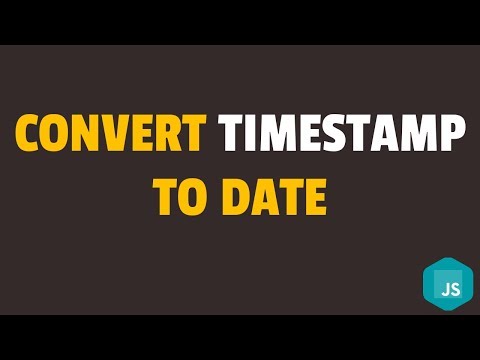
Found 13 images related to timestamp to date javascript theme





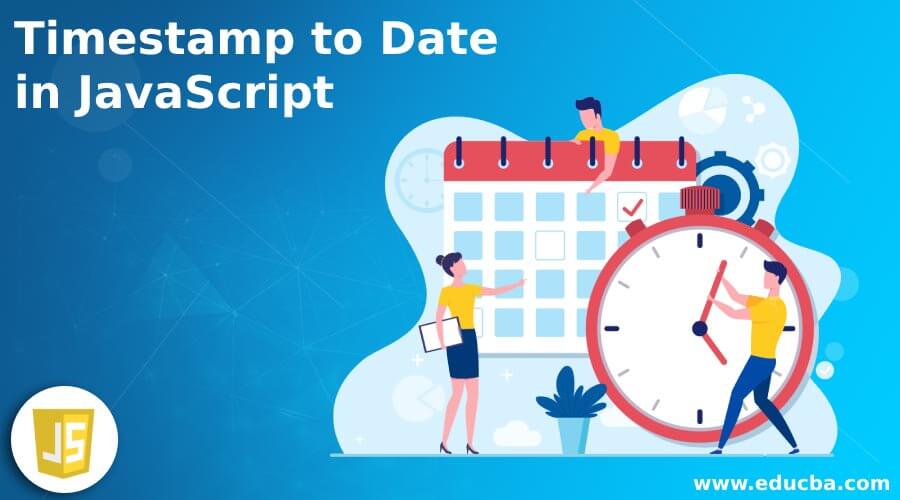
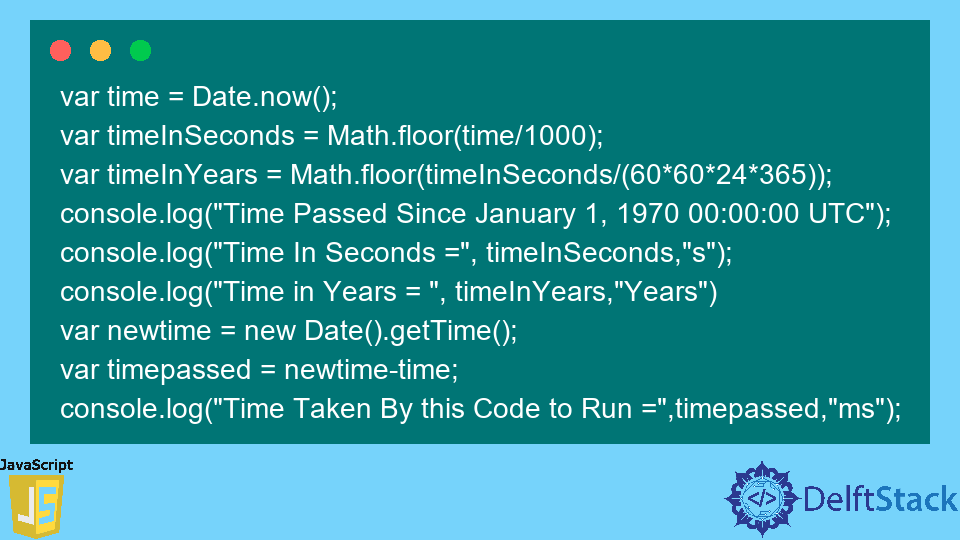


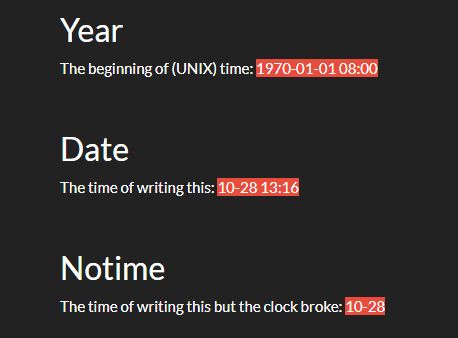

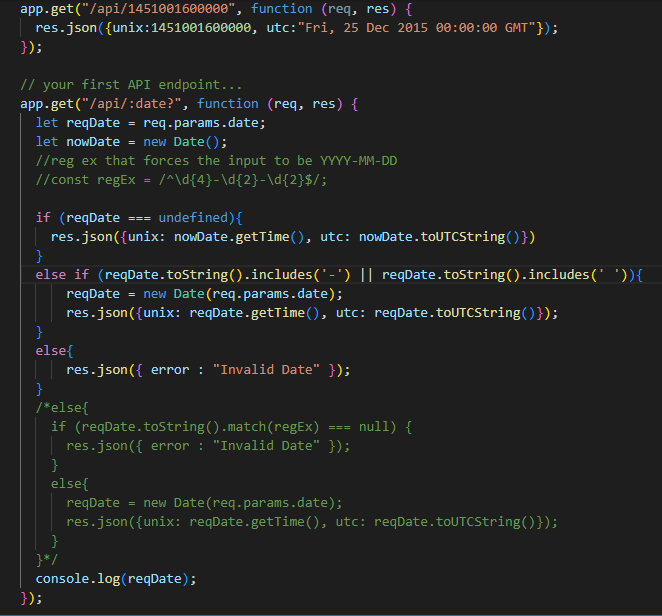


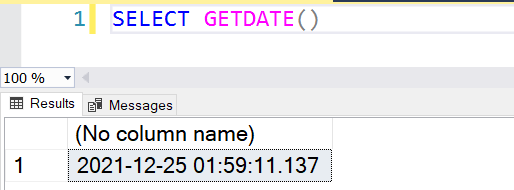
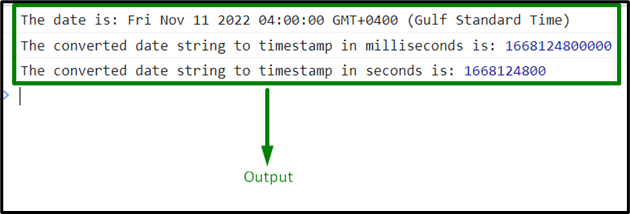
![Issue sending date converted to timestamp to Xano [Resolved] - How do I? - WeWeb Community Issue Sending Date Converted To Timestamp To Xano [Resolved] - How Do I? - Weweb Community](https://global.discourse-cdn.com/business6/uploads/weweb/original/2X/1/1dc08e6c3880b173c2bb584af5299a0d1a843a39.png)


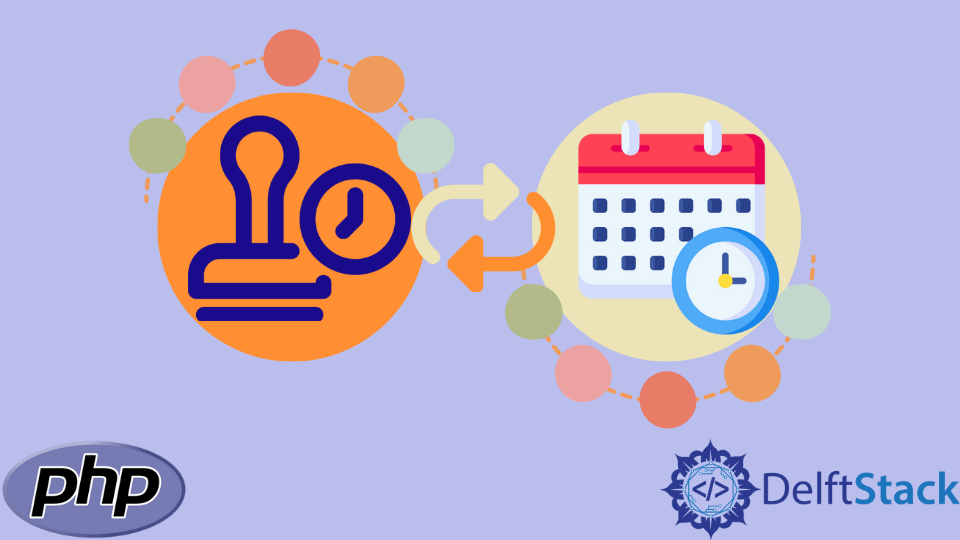


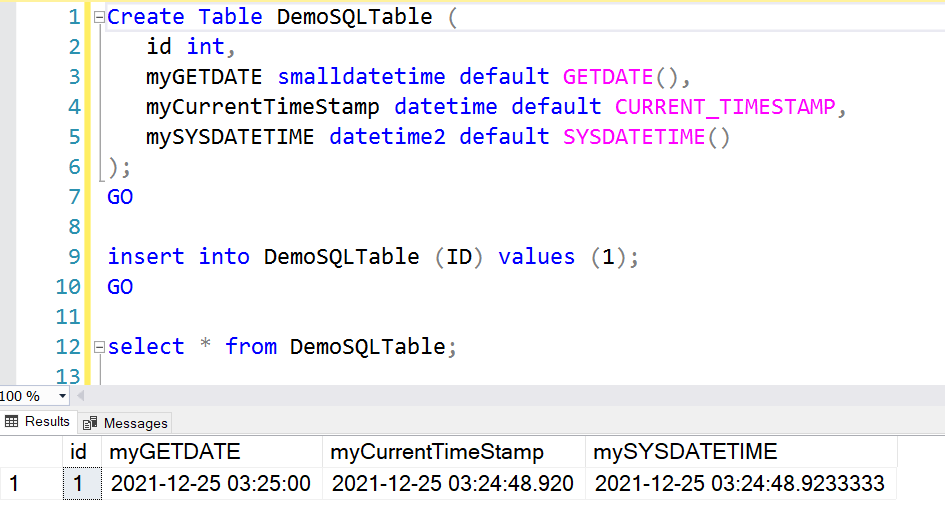

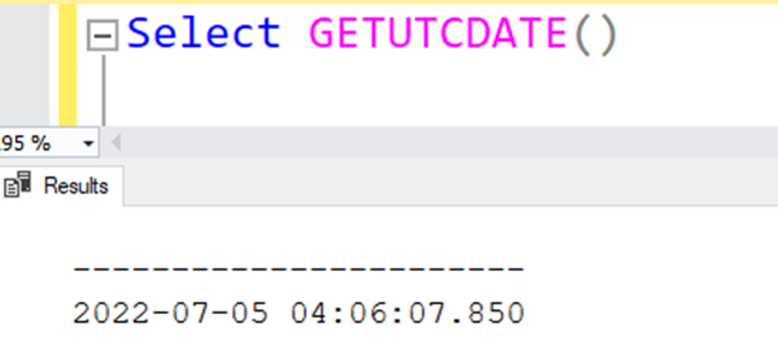


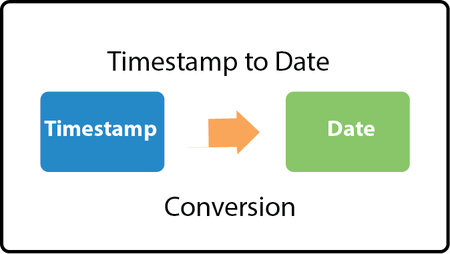





















Article link: timestamp to date javascript.
Learn more about the topic timestamp to date javascript.
- How to Convert Timestamp to Date Format in JavaScript
- Convert a Unix timestamp to time in JavaScript
- How to convert timestamp to date in JavaScript?
- Convert Unix Timestamp to Date in JavaScript
- How to Get, Convert & Format JavaScript Date From Timestamp
- Date and time – The Modern JavaScript Tutorial
- Python timestamp to datetime and vice-versa – Toppr
- Format JavaScript date as yyyy-mm-dd – Stack Overflow
- How to Get, Convert & Format JavaScript Date From …
- Convert Timestamp to Date in JavaScript
- How To Convert Timestamp To Date and Time in JavaScript
- How to Convert Timestamp to Date in JavaScript – AskJavaScript
- Convert a Unix Timestamp to a Date in Vanilla JavaScript
- How to Convert a Unix Timestamp to Time in JavaScript
See more: nhanvietluanvan.com/luat-hoc